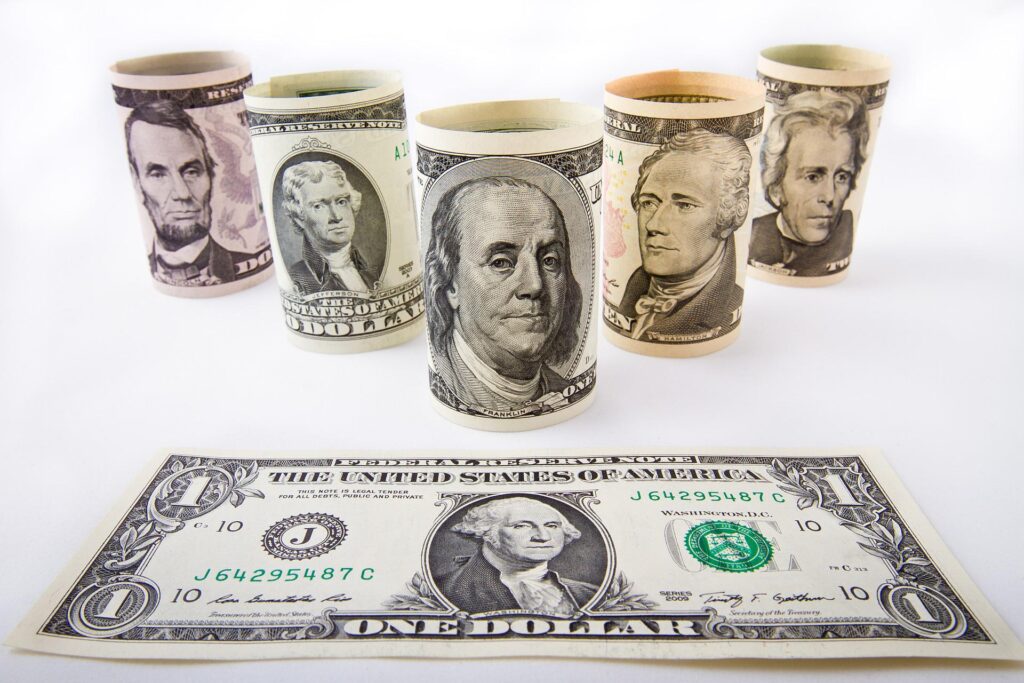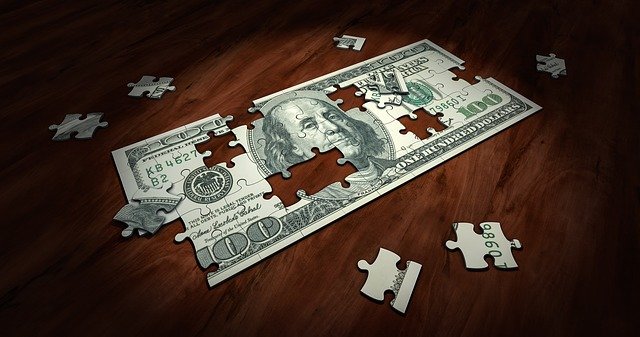The US Dollar Index (DXY) has rebounded from a fresh monthly low (104.64) as it attempts to retrace the decline that followed the slowdown in the US Consumer Price Index (CPI). However, the Federal Open Market Committee (FOMC) Minutes may drag on Greenback should the central bank show a greater willingness to implement smaller rate hikes.
TECHNICAL FORECAST FOR US DOLLAR: NEUTRAL
The US Dollar Index (DXY) fails to maintain the starting range for August as signs of slowing price growth limit chances for another 75bp Fed rate rise, and the index may continue to trade to new monthly lows if the FOMC Minutes signal to a shift in the method the central bank would take in combatting inflation.
The statement may indicate a growing discussion to wind down the hiking-cycle after pushing the Federal Funds rate to neutral, and the central bank may deliver smaller rate hikes over the coming months as Chairman Jerome Powell acknowledges that “it likely will become appropriate to slow the pace of increases while we assess how our cumulative policy adjustments are affecting the economy and inflation.” In addition, the statement may show a growing discussion to wind down the hiking-cycle after pushing the Federal Funds rate to neutral.
In turn, the United States Dollar may face additional headwinds over the coming days if the FOMC Minutes foreshadow a change in the forward guidance for monetary policy. On the other hand, if the FOMC Minutes do not foreshadow a change in the forward guidance for monetary policy, then the U.S. Dollar may experience a larger rebound as Chairman Powell continues to insist that “another unusually large increase could be appropriate at our next meeting.”

Having said that, the FOMC Minutes have the potential to affect the near-term outlook for the US Dollar. This is because there are indications that the rate of inflation is beginning to slow, which casts doubts on the likelihood of another rate hike of 75 basis points (bp), and because even small hints of an impending shift in Fed policy have the potential to prop up the Greenback while the central bank continues to implement a restrictive policy.


